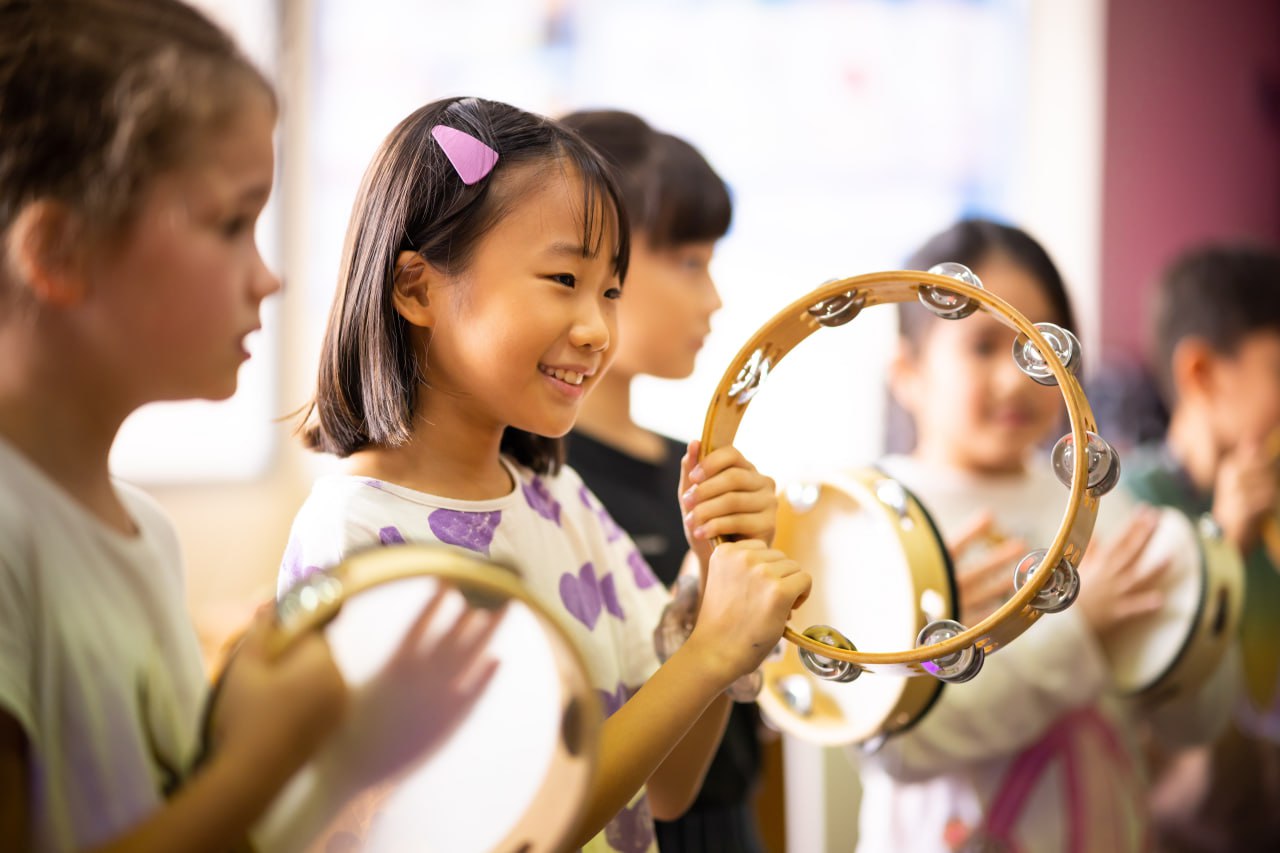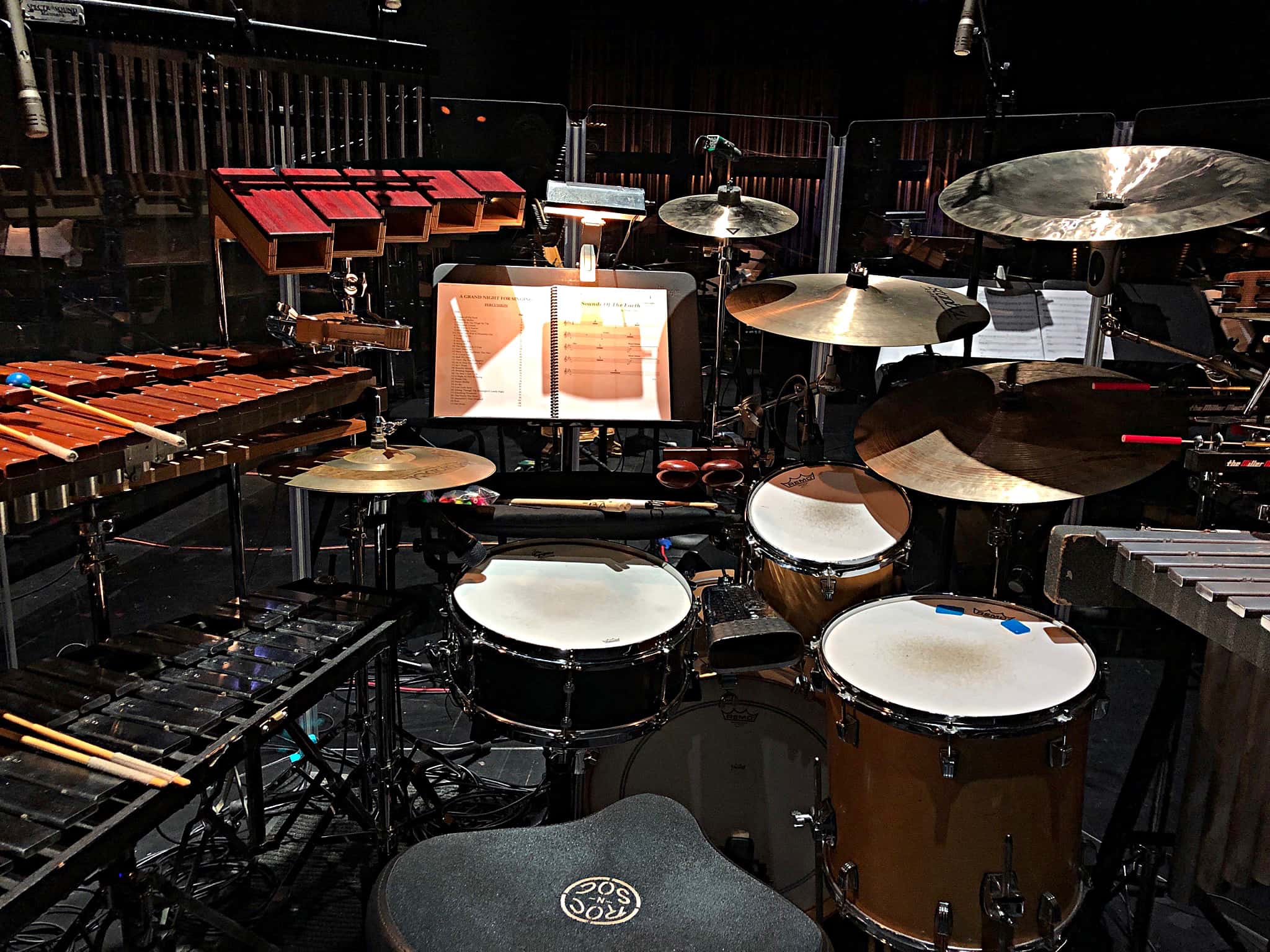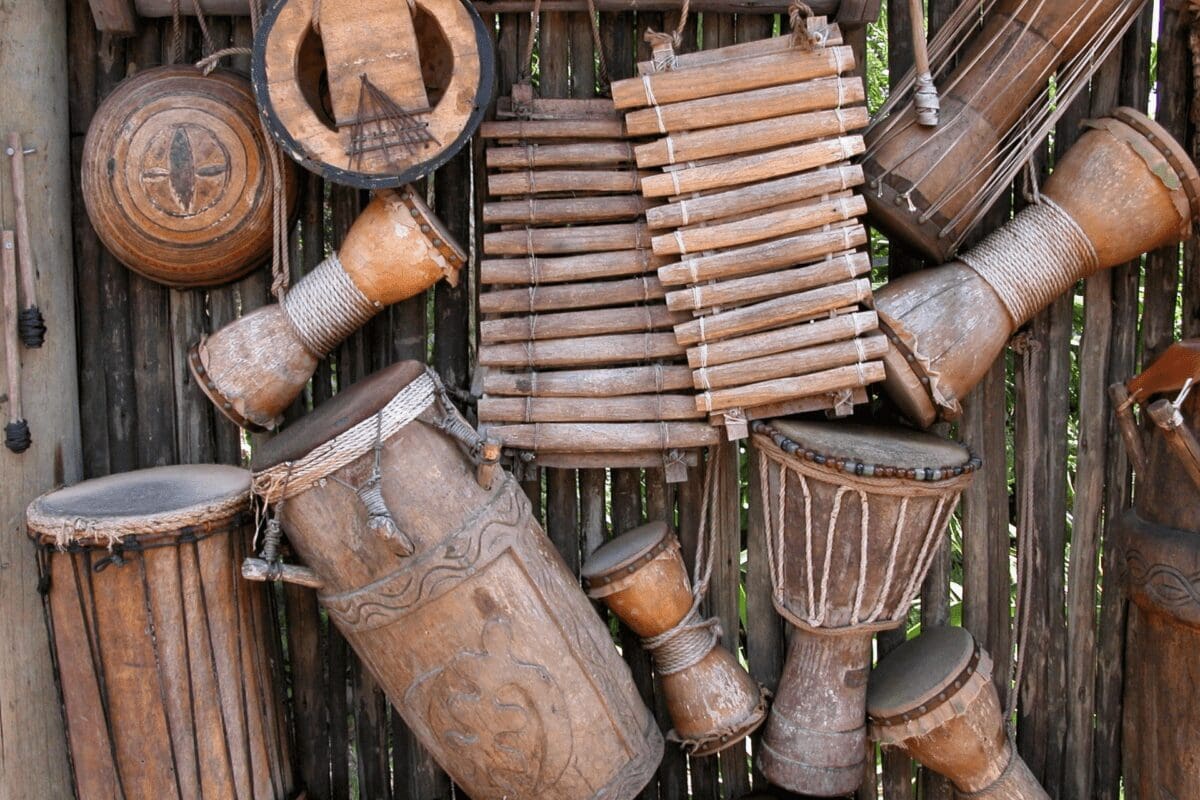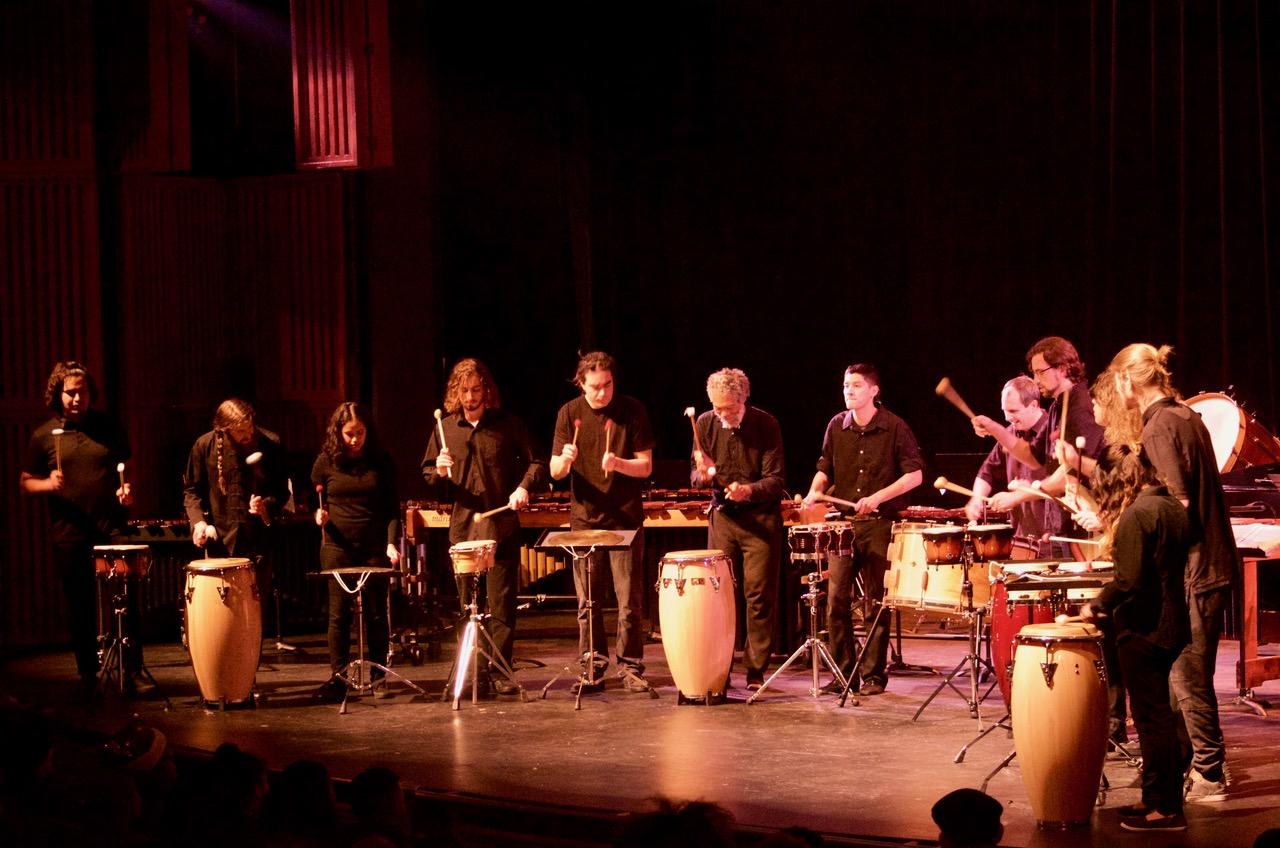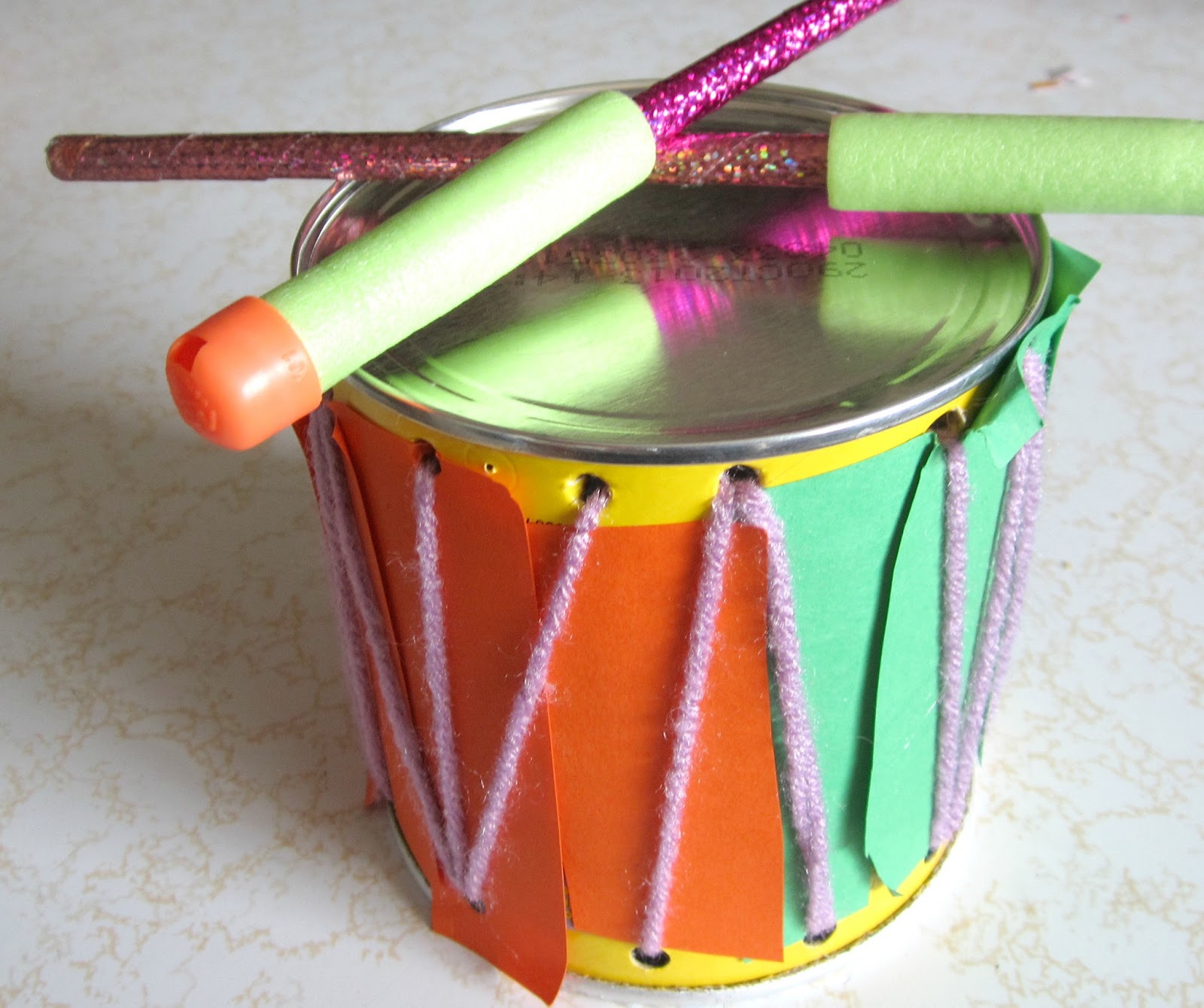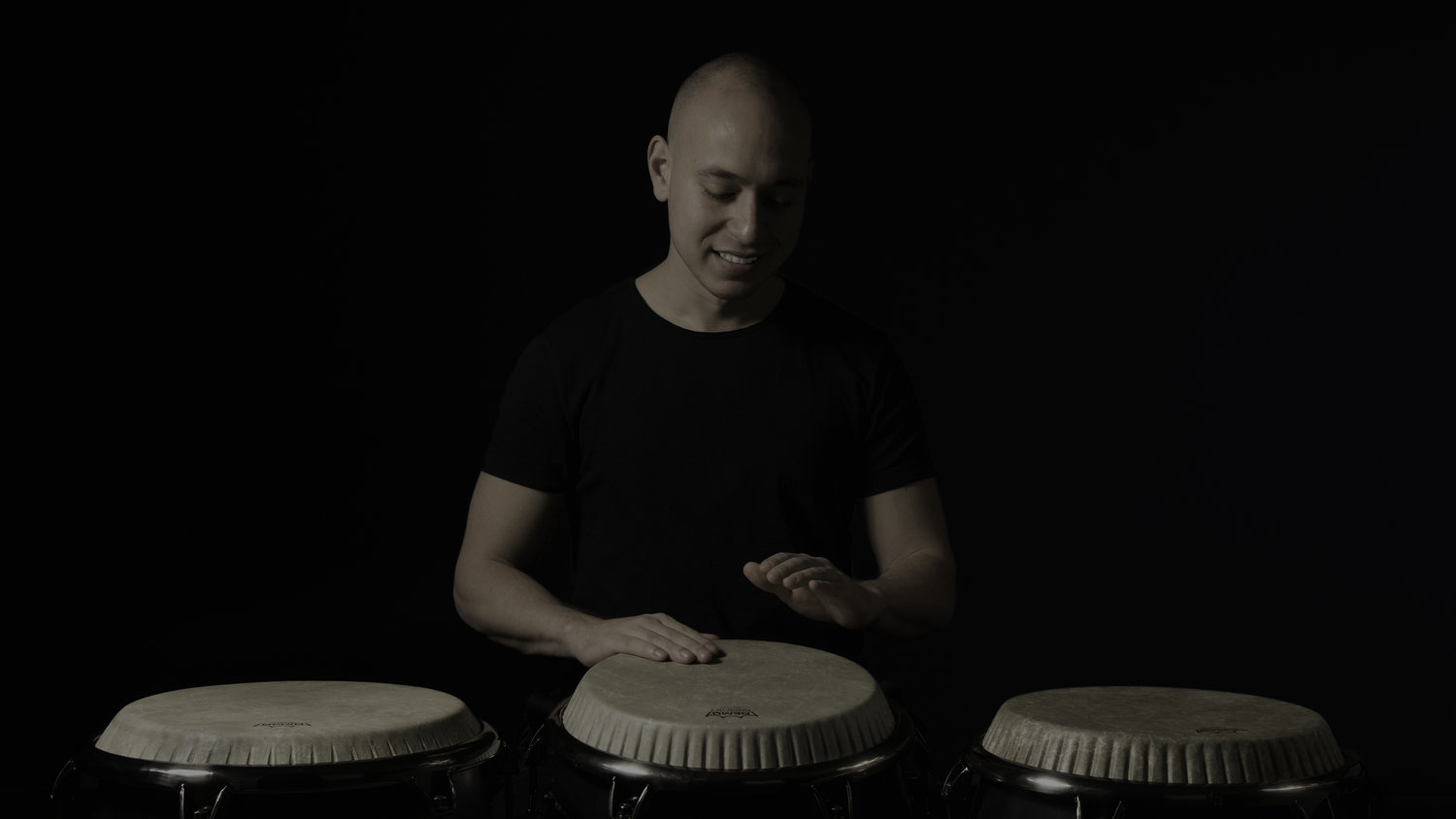Home>Instruments>Percussion Instruments>What Are The Mayan Percussion Instruments
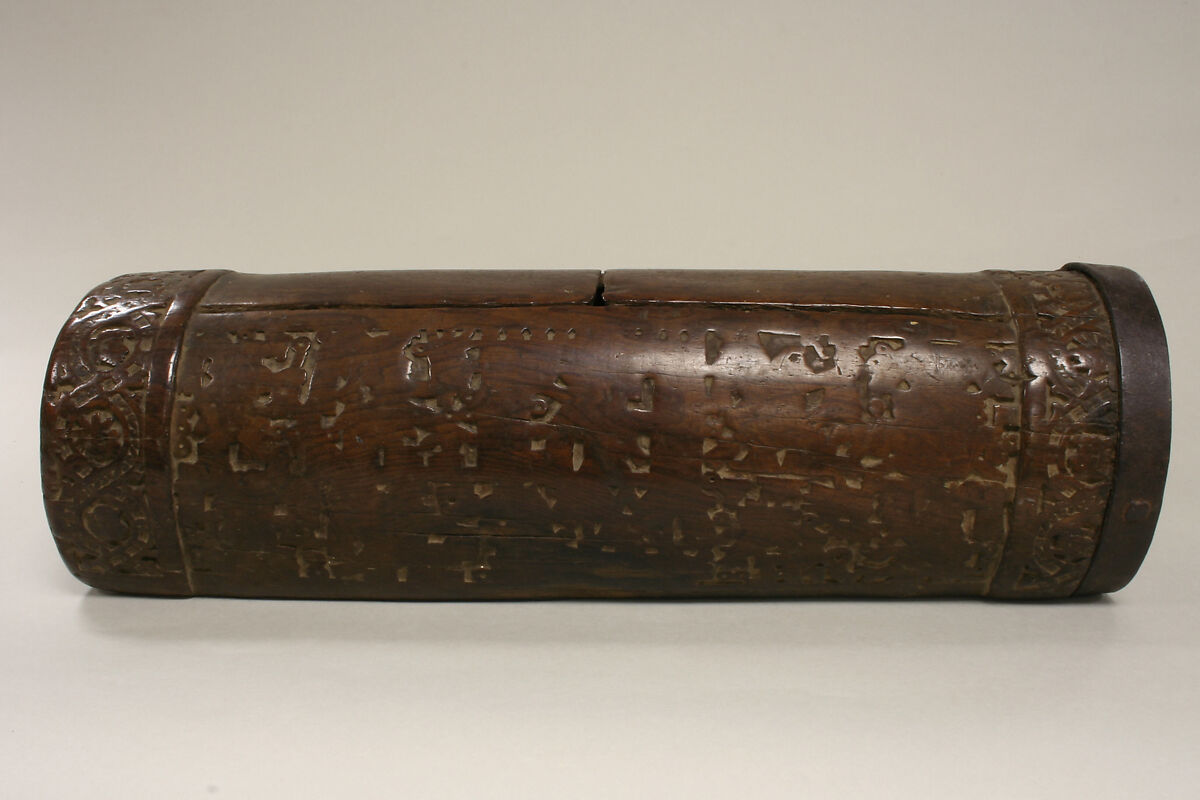

Percussion Instruments
What Are The Mayan Percussion Instruments
Published: January 16, 2024
Discover the fascinating world of Mayan percussion instruments! Learn about the different types, history, and significance of these ancient rhythmic tools. Explore the captivating sounds and rhythms created by these unique instruments.
(Many of the links in this article redirect to a specific reviewed product. Your purchase of these products through affiliate links helps to generate commission for AudioLover.com, at no extra cost. Learn more)
Table of Contents
Introduction
Percussion instruments have been an integral part of human culture for centuries, serving as a means of communication, celebration, and expression. Among the various types of percussion instruments that have emerged throughout history, Mayan percussion instruments hold a significant place. These instruments not only provide insight into the rich cultural heritage of the Mayan civilization but also showcase their advanced understanding of sound and rhythm.
The Mayans were a Mesoamerican civilization that thrived from around 2000 BCE to 1500 CE in the region encompassing present-day Mexico, Guatemala, Belize, Honduras, and El Salvador. Music played a vital role in Mayan society, serving both practical and ceremonial purposes. Their percussion instruments were crafted with precision and care, allowing for a wide range of sounds and tonal variations.
In this article, we will explore some of the fascinating Mayan percussion instruments and delve into their origins, construction, and significance. From the rhythmic patterns of the clave to the resonant tones of the Mayan drums, these instruments offer a glimpse into the vibrant world of Mayan music.
Join us as we embark on a rhythmic journey through the enchanting world of Mayan percussion instruments.
Origins of Mayan Percussion Instruments
The origins of Mayan percussion instruments date back thousands of years, evolving alongside the development of Mayan culture. These instruments were not only used for entertainment but also had deep religious and spiritual significance. They were often played during rituals, ceremonies, and festive celebrations.
Mayan percussion instruments were primarily crafted from locally available materials such as wood, gourd, turtle shells, and animal bones. The Mayans had an exceptional understanding of acoustics and used their knowledge to create instruments with unique tones and timbres.
Mayan society was advanced in many ways, including in the realm of music. The Mayans developed complex rhythmic patterns and melodies, and their percussion instruments played a crucial role in creating and conveying these musical compositions. They believed that playing these instruments could connect them to the divine realm and invoke spiritual energies.
Mayan percussion instruments were passed down through generations and played a significant role in cultural heritage. They were not only tools for musical expression but also symbols of identity and community. Mayan drummers were highly respected individuals in society, as they were seen as intermediaries between the human and spiritual realms.
Today, many of these ancient Mayan percussion instruments are still in use, providing a testament to the enduring legacy of Mayan music and culture. They continue to be celebrated and performed in traditional Mayan festivals and ceremonies, showcasing the rich history and vibrancy of the Mayan civilization.
Clave
The clave is a fundamental Mayan percussion instrument that holds a prominent place in Mayan music. It consists of a pair of cylindrical wooden sticks, typically made from hardwood such as mahogany or cedar. The larger stick is known as the “male” clave, while the smaller is called the “female” clave.
The clave is played by striking the two sticks together, producing a sharp and distinctive sound. The player holds the larger stick in one hand and taps it against the smaller stick held in the other hand. The rhythmic patterns created by the clave are the backbone of Mayan music, providing a steady beat and foundation for other instruments to follow.
Traditionally, the clave was used in a variety of Mayan ceremonies, festivals, and social gatherings. Its rhythmic patterns were not only used for music but also acted as a means of communication. Different patterns and combinations conveyed specific messages and signals to the listener.
Over time, the clave has also become popular in various genres of music beyond Mayan culture. It has found its way into Latin American and Caribbean music, jazz, and even contemporary pop music. Its distinctive sound and rhythmic versatility make it a versatile and sought-after instrument for musicians worldwide.
Playing the clave requires a sense of timing, coordination, and precision. The player must strike the sticks together in sync with the music, maintaining a consistent beat. The clave player often takes on the role of the conductor, guiding the other musicians with their rhythmic patterns and ensuring the harmony and synchronization of the music.
While relatively simple in design, the clave holds great significance in Mayan music. It encapsulates the essence of Mayan rhythm and serves as a testament to the longstanding musical traditions of the Mayan civilization.
Maracas
Maracas are another popular Mayan percussion instrument that has been used for centuries. They consist of a pair of hollow gourds or wooden shells, filled with seeds, pebbles, or other small objects. The player holds the maracas and shakes them, creating a rhythmic and percussive sound.
Maracas played a significant role in Mayan ceremonies and rituals. They were believed to possess spiritual powers, capable of warding off evil spirits and invoking positive energies. These instruments were also used in festive celebrations, adding a lively and joyous element to Mayan music.
Mayan maracas were often elaborately decorated, showcasing intricate carvings and vibrant colors. They were not only musical instruments but also works of art, reflecting the creativity and craftsmanship of the Mayan civilization.
Today, maracas are still widely used in Mayan music and have gained popularity in various genres around the world. They are often associated with Latin American music, particularly salsa and merengue, where they contribute to the infectious rhythms and lively beats.
Making maracas involves a meticulous process, from selecting the gourds or wooden shells to filling them with the desired materials. Skilled artisans continue to handcraft maracas using traditional techniques, ensuring the preservation of this ancient instrument’s authenticity and sound.
Whether played in a Mayan ceremonial setting or a vibrant Latin American fiesta, maracas add a vibrant and energetic element to the music. Their distinct sound and rhythmic capabilities make them a beloved instrument in both traditional and contemporary musical contexts.
Tunkul
The Tunkul is a unique Mayan percussion instrument that holds cultural and historical significance. It is a large ceremonial slit drum made from a solid log or hollowed tree trunk. The Tunkul typically has one or more carved openings on its top surface, which creates different pitches when struck.
The Tunkul was used in Mayan society for various purposes, ranging from religious ceremonies to communication. It played a crucial role in transmitting messages across long distances, as the sound of the Tunkul could travel far and wide, serving as a means of relaying important information to different communities.
When played, the Tunkul produces deep, resonant tones that reverberate through the air. The resultant sound is distinct and powerful, commanding attention and invoking a sense of awe. It is often accompanied by other instruments and vocal chants, creating a rich and immersive musical experience.
Crafting a Tunkul requires skilled craftsmanship and an understanding of acoustics. The instrument is carefully carved to achieve the desired shape and size, ensuring optimal sound production. Today, modern artisans continue the tradition of making Tunkuls, keeping the ancient craft alive.
Despite the passage of time, the Tunkul remains an integral part of Mayan cultural heritage. It is still used in traditional Mayan rituals and ceremonies, keeping the ancient traditions alive and preserving the connection to their ancestral roots.
Beyond its cultural significance, the Tunkul has also found its place in contemporary music. Its deep and powerful sound has captured the attention of musicians from different genres, making appearances in world music, experimental compositions, and even soundtracks for movies and documentaries.
The Tunkul serves as a reminder of the ingenuity and musical prowess of the Mayan civilization. Its profound and captivating sound continues to resonate through the ages, carrying the spirit of the ancient Mayans into the present day.
Turtle Shells
Turtle shells have been utilized as percussive instruments by the Mayans for centuries. The shells of turtles were repurposed to create various percussion instruments, offering a unique and distinct sound to Mayan music.
The turtle shell instruments were typically played by striking them with a mallet or by hand. The hollow shell produced a resonant and rhythmic tone, adding depth and texture to the music. Different sizes and shapes of turtle shells were used to create a range of pitches and tones.
These instruments were not only prized for their musical qualities but also held symbolic value in Mayan culture. Turtles were considered sacred creatures and were associated with fertility and longevity. The use of turtle shells in music and ceremonies reflected the Mayans’ reverence for nature and the spiritual connections they drew from the animal kingdom.
The craftsmanship involved in creating turtle shell instruments was meticulous. The shells were carefully prepared and shaped, often embellished with intricate designs and carvings. Skilled artisans would transform the turtle shells into beautiful and resonant percussive instruments.
Today, while the use of turtle shells in musical instruments has been restricted due to conservation concerns, their historical significance remains. Modern replicas or alternative materials are often used to create instruments that mimic the unique sound of turtle shells, paying homage to the Mayan tradition.
The timeless allure of turtle shell instruments has also influenced contemporary music. Musicians have incorporated the distinct sound of these instruments into a variety of genres, adding a touch of authenticity and cultural richness to their compositions.
The use of turtle shells as percussion instruments highlights the Mayans’ resourcefulness and connection to the natural world. Through their music, the Mayans celebrated the beauty of nature and honored the sacredness of all living beings.
Güiros
The güiro is a traditional Mayan percussion instrument that has a unique and distinctive sound. It is made from a hollowed-out gourd, which is then carved with ridges or grooves along its surface. When played, the güiro produces a rattling and scraping sound by rubbing a stick or a puäströ, a serrated wooden rod, along the ridges.
The güiro has been used in Mayan music for centuries, adding a rhythmic and percussive element to the compositions. It is often played in conjunction with other instruments, such as drums or maracas, to create a layered and dynamic sound.
In Mayan culture, the güiro held symbolic significance and was associated with spiritual rituals and ceremonies. Its distinct sound was believed to summon ancestral spirits and divine entities, allowing for communication with the supernatural realms.
The craftsmanship involved in making a güiro requires skill and precision. The gourd is carefully selected and carved, with the ridges being meticulously shaped to achieve optimal sound quality. Artisans also decorate the güiro, adding intricate patterns and designs that reflect the Mayan aesthetic.
Though the güiro originated in Mayan culture, it has gained popularity and can be found in various genres of music worldwide. Its rhythmic and percussive qualities make it a versatile instrument that is used in Latin American music, jazz, and even contemporary pop music.
Today, güiros are still played in Mayan communities and traditional ceremonies, preserving the heritage and cultural significance of the instrument. They serve as a reminder of the deep connection the Mayans had with music and their spirituality.
Playing the güiro requires a combination of technique and creativity. Musicians must carefully control the pressure and velocity of the stick or puäströ to produce varying sounds and rhythms. It is an instrument that invites improvisation and allows for individual expression within the framework of Mayan music.
The güiro encapsulates the rhythmic spirit of the Mayan civilization, contributing to the vibrant and diverse musical landscape of the region. Its distinctive sound continues to resonate through time, carrying the echoes of Mayan culture.
Mayan Drums
Mayan drums are among the most prominent and recognizable percussion instruments in Mayan music. They played a central role in Mayan ceremonies, rituals, and celebrations, serving as the heartbeat of the music. Mayan drums were crafted with care and precision, using materials such as wood and animal skins.
The construction of Mayan drums involved attaching animal skin, typically from deer or jaguar, to a hollowed-out wooden frame. The tension of the skin could be adjusted to produce different pitches and tones. The larger drums, known as “huehuetl,” provided a deep and resonant sound, while the smaller drums, or “tunkul,” offered sharper and more vibrant tones.
The rhythms produced by Mayan drums were intricate and complex, often consisting of intricate patterns that blended seamlessly with other instruments. The drummers were highly skilled individuals who possessed a deep understanding of rhythm and timing. They played a vital role in maintaining the tempo and guiding the musical ensemble.
Mayan drums were not only instruments of music but also held significant cultural and spiritual symbolism. They were believed to facilitate communication with the spiritual realm and were used in religious ceremonies to invoke deities and ancestral spirits. The powerful beats of the drum conveyed messages and emotions, heightening the intensity and impact of the rituals.
In modern times, Mayan drums continue to be played in traditional Mayan communities, keeping the ancient traditions alive. They are also featured in various cultural events, festivals, and performances, showcasing the enduring legacy of Mayan music and culture.
The rhythmic energy and primal power of Mayan drums have also influenced contemporary music. They can be found in genres such as world music, fusion, and even in popular music, infusing the compositions with a deep sense of connection to the roots of Mayan culture.
The Mayan drums serve as a testament to the ingenuity and creativity of the Mayan civilization. They represent the heartbeat of Mayan music, carrying the essence of their vibrant culture and spirituality through the rhythmic vibrations that continue to resonate to this day.
Xylophones and Woodblock Instruments
In addition to drums and rattles, Mayan music also incorporated xylophones and woodblock instruments, adding melodic and percussive elements to the compositions.
Xylophones were constructed using wooden bars or slats of varying lengths, each producing a different pitch when struck. These bars were suspended or placed over resonators, which amplified the sound. The player would use mallets to strike the bars, creating melodies and harmonies.
Mayan xylophones were often made from hardwoods such as rosewood or mahogany, renowned for their natural resonance. They were adorned with decorative carvings and paintings, representing the Mayan aesthetic and attention to detail.
Woodblock instruments were also prevalent in Mayan music. They were crafted from solid pieces of wood, often shaped into blocks or cylinders. By striking the woodblocks with mallets, the player produced distinct percussive sounds that added texture and rhythm to the music.
Both xylophones and woodblock instruments played a crucial role in Mayan ceremonies and celebrations. They added a melodic component to the music, creating interplay with the rhythmic instruments like drums and rattles.
A combination of xylophones, woodblock instruments, drums, and other percussion instruments created a layered and dynamic sound that showcased the complexity and sophistication of Mayan music.
While Mayan woodblock instruments and xylophones were primarily used in ancient Mayan culture, their influence can still be perceived in modern music. Their rhythmic and melodic capabilities have inspired composers and musicians, finding their way into contemporary compositions, world music, and ethnomusicology.
The xylophones and woodblock instruments of the Mayan civilization serve as a testament to the innovation and creativity that flourished in their musical traditions. They continue to captivate and inspire, keeping the spirit of Mayan music alive through the ages.
Conclusion
The Mayan civilization left an indelible mark on human history, and their contribution to the realm of percussion instruments is no exception. From the rhythmic patterns of the clave to the captivating melodies of xylophones, Mayan music was a vibrant and integral part of their culture.
The origins of Mayan percussion instruments can be traced back thousands of years, with each instrument reflecting the Mayans’ remarkable craftsmanship and deep understanding of sound. These instruments played an essential role in Mayan ceremonies, rituals, and social gatherings, acting as a means of communication, expression, and spirituality.
The clave, maracas, Tunkul, turtle shells, güiros, Mayan drums, xylophones, and woodblock instruments were all key components in the diverse and rich tapestry of Mayan music. Whether producing rhythmic beats or melodic tones, these instruments showcased the Mayans’ artistic prowess and their ability to create captivating and meaningful music.
Although centuries have passed since the height of Mayan civilization, the influence of Mayan percussion instruments continues to permeate modern music. Musicians and enthusiasts across the globe incorporate these instruments in various genres, keeping the spirit and legacy of Mayan music alive.
Exploring the world of Mayan percussion instruments offers a glimpse into the deep cultural significance and artistic achievements of the Mayan civilization. Their musical traditions bridged the gap between the earthly and spiritual realms, connecting people through sound and rhythm.
As we honor and appreciate the Mayan percussion instruments, we acknowledge the ingenuity, creativity, and spiritual depth of the Mayan people. Their musical heritage remains a testament to the power of music to transcend time, connecting us to the echoes of ancient cultures and reminding us of our shared humanity.


